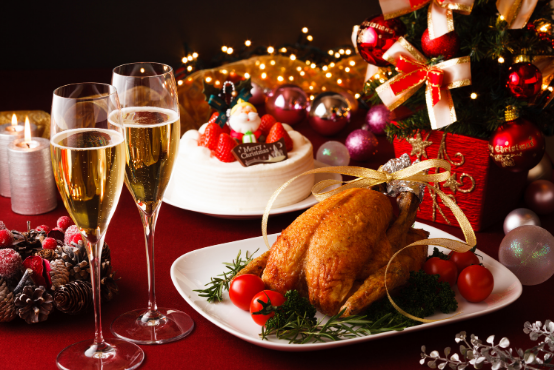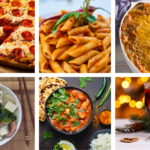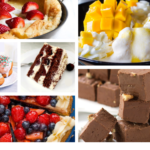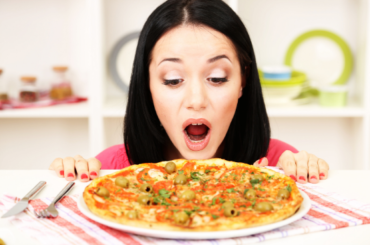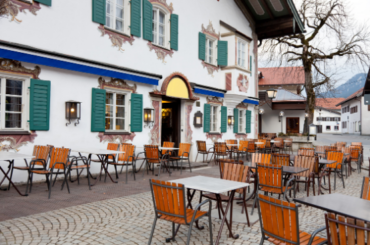Every country has its own traditions and customs. Be it a festival, a food tradition, a cultural ritual or any other celebration, going back to the roots and following the traditions and customs makes it all the more special.
Christmas is just round the corner and people are already in the celebration and holiday mood. The markets are decorated, despite the pandemic situation, everyone is putting in small efforts to make Christmas joyful. And when it comes to celebrations, it is totally incomplete without food.
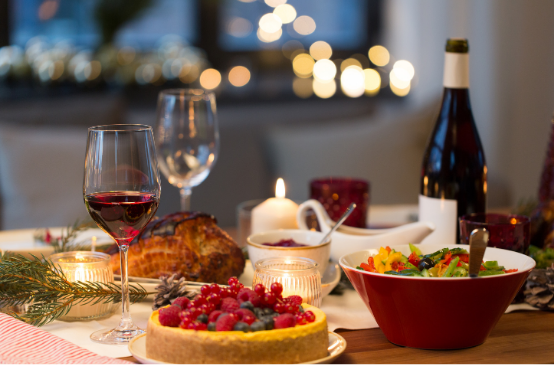
And Christmas has a way long history of traditional food and dishes prepared specially for this occasion. Like I said every country has its own traditions, so does Germany. So what is the traditional German food? What do Germans eat for Christmas?
Let us dig in the history of traditional German Food for Christmas.
Traditional Christmas Food In Germany
Germans love eating, the Christmas menu may differ across the country based on the regions. However, there are a few dishes that remain the same throughout Germany. Of course, over the period of time, the menu has changed a lot.
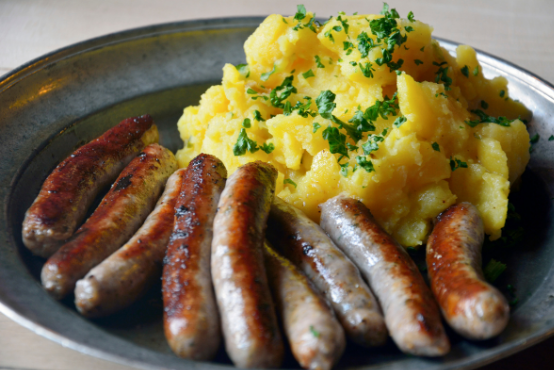
Germans usually don’t have their main dinner on the 25th, but on the 24th, which is known as Heiligabend (holy night). This is also the time when Christmas presents are unwrapped, usually after dinner.
According to an Umfrage (survey), Kartoffelsalat mit Würstchen (potato salad with sausage) is the most popular Christmas dinner in Germany. Yes indeed! Is simple! Kartoffelsalat is often done the day before, on the 23rd, so it tastes even better that night. The Würstchen is simply heated the same night.
Traditional Christmas Main Course Dishes
Since most of the Germans are Catholic s and attend the mid-night mass, they prefer avoiding eating meat for dinner on the 24th. And therefore, fish dishes make it to the center of the table.
Though in some parts, traditions are changing and people also do enjoy a full course meal that includes meat, duck, goose as well.
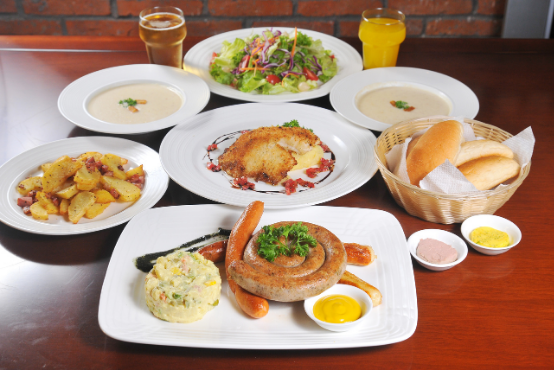
Fish in the form of salmon, hake, herring or carp are common. Even for the less religious Germans, this custom persisted. Alternatively, eating poultry, such as goose or turkey, has become popular and enjoying a good sausage during the Christmas party is also quite typical. A quieter meal of cheese fondue or raclette is also emerging in some areas, accompanied by a wide variety of vegetables, breads and meats.

As for the side dishes, special German dumplings called Serviettenknödel or Kartoffelpuffer, a kind of potato fritter, are often served. Alternatively, the classic German potato salad makes regular appearances on the German Christmas table, as does apple sausage or chestnut filling if birds are on the menu. Kale, red cabbage or sauerkraut are also added to the mixture.
For those who want to go for a little complex dinner preparations and include duck or goose on the Christmas dinner menu, this popular dish is more common for them.
Weihnachtsgeflügel (Christmas poultry), like a Weihnachtsgans (Christmas goose) or Entenbraten (roast duck). Although it takes a lot of effort and skill to get it right. It can be served with anything, like Reis (rice) or Kartoffeln (potatoes).
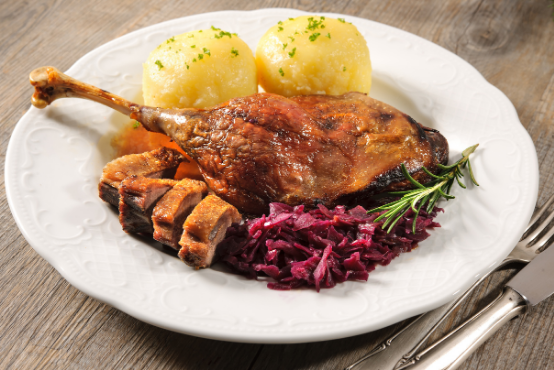
Traditional Christmas Dessert Dishes
Perhaps without even realizing it, many already eat their fair share of German Christmas cookies, called Weihnachtsplätzchen before the actual Christmas eve. These classic Christmas cookies come in many different styles and recipes since their creation in the Franconian monasteries in the Middle Ages, but some types have persisted over the centuries.
Lebkuchen, a heart-shaped gingerbread cookie decorated with intricate icing patterns, is one of them. Plus, stollen, a German version of fruit cake, is a common dessert during the Christmas season. Many seasonal German desserts are flavored with festive spices like orange, cloves, cinnamon and cardamom.
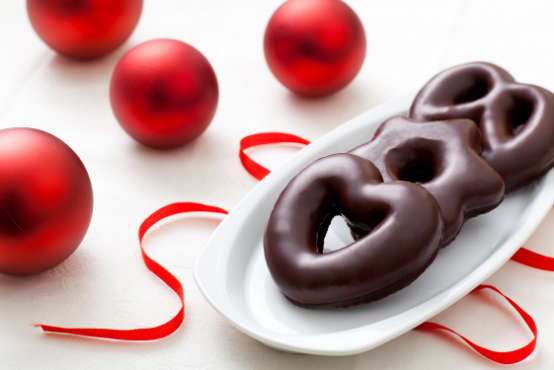
It should also be mentioned that part of the anticipation of Christmas is marked by the Advent calendars filled with candy, which are hung in most German homes at the start of this liturgical season. Also, in early December, many children receive candy, fruit or other treats in their empty shoes on St. Nicholas Day. For many, these traditions are as sentimental as the festive menu we eat on Christmas Eve and the next day.
Traditional Christmas Drinks
For anyone living in Germany, the Glühwein phenomenon is virtually impossible to avoid. Almost all beverage service establishments offer their house version of this spicy mulled wine from as early as mid-November. The best way to savor this drink, however, is to sip it from a commemorative mug at a Christmas market.
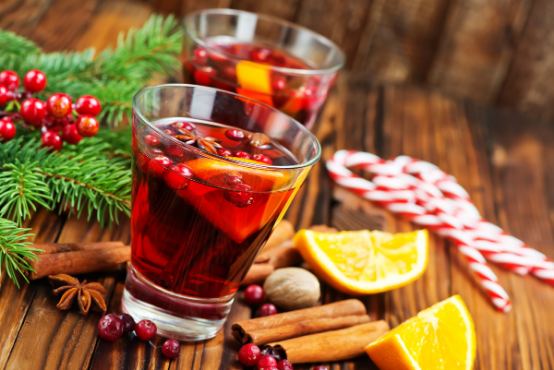
For those looking for something a little stronger, Glühwein’s cousin Feuerzangenbowle is another type of mulled and spicy wine mixed with rum. Anyone looking for that burst of warmth and good humor will find it in this drink whose name literally means “fire punch”.
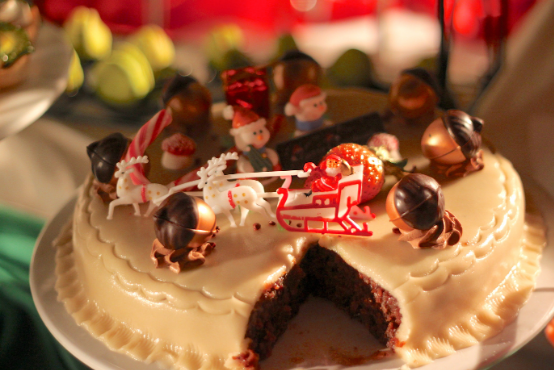
These are some of the common main course dishes, desserts and drinks for Christmas, that people relish in Germany. If you have anything interesting to add to the Christmas table menu, please do share your thoughts.
Merry Christmas…..!!

